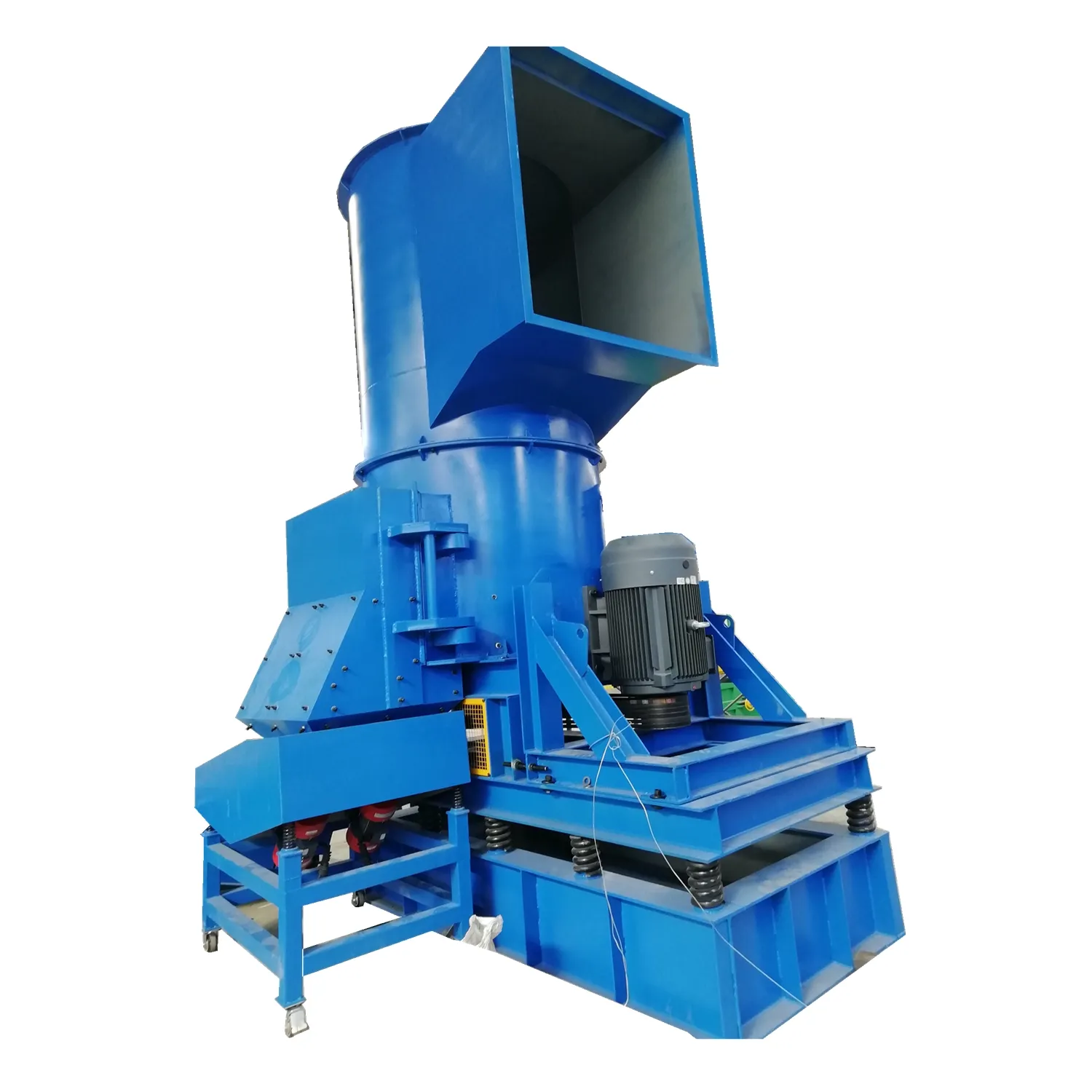

Aug . 20, 2024 01:50 Back to list
Understanding Eddy Current Separators A Video Overview
Eddy current separators are innovative machines used in various recycling and waste management processes to separate non-ferrous metals from other materials. A recent video demonstrating the workings of an eddy current separator provides valuable insights into its operational principles, applications, and benefits.
How Eddy Current Separators Work
The fundamental principle behind eddy current separators lies in electromagnetism. As outlined in the video, these machines consist of a conveyor belt that transports mixed materials over a rotating magnetic field. The heart of the separator is a rotor that produces a changing magnetic field. When non-ferrous metals, such as aluminum and copper, pass through this field, electrical currents—known as eddy currents—are induced in the metals.
These eddy currents create their own magnetic fields, which interact with the rotor’s magnetic field. As a result, the non-ferrous metals experience a repulsive force that causes them to be ejected from the conveyor belt, while other materials, such as plastics and ferrous metals, continue to move down the line. The video effectively illustrates this separation process, showcasing the efficiency and precision of the technology.
Applications of Eddy Current Separators
Eddy current separators are widely used across multiple industries, primarily in recycling plants. In the recycling sector, they play a crucial role in recovering valuable metals from various waste streams, including post-consumer products, scrap metal, and electronic waste. The video highlights how these separators can effectively sort metals from mixed refuse, allowing for higher recovery rates and reduced landfill waste.

Another significant application is in the mining and mineral processing industries, where eddy current separators help in extracting valuable metals from ore. Additionally, these machines find use in the automotive industry, assisting in the efficient recycling of vehicle components.
Benefits of Using Eddy Current Separators
The benefits of eddy current separators are numerous, as discussed in the video. First and foremost, they enhance the efficiency of recycling processes. By accurately separating non-ferrous metals, they help maximize the recovery of valuable materials, ultimately reducing waste and promoting sustainable practices.
Furthermore, eddy current separators are known for their minimal maintenance requirements and durability. The video mentions that since there are no moving parts in the rotor of an eddy current separator, there is less wear and tear, resulting in lower operational costs over time. This reliability makes them a preferred choice for many recycling facilities.
Moreover, the technology is adaptable, able to process various types of materials and accommodate different production requirements. This versatility is essential for recycling plants that handle diverse waste streams.
Conclusion
The eddy current separator is a remarkable technological advancement in the field of recycling and waste management, and the video capturing its functionality serves as an excellent resource for understanding its significance. By utilizing the principles of electromagnetism, this device effectively separates non-ferrous metals from other materials, enhancing the efficiency and sustainability of recycling operations. With applications across multiple industries and numerous benefits, eddy current separators are undoubtedly a vital component of modern waste management systems, paving the way for a more sustainable future.
Latest news
Troubleshooting Common Eddy Separator Problems
NewsJul.04,2025
The Role of Metal Recycling Plants in Circular Economy
NewsJul.04,2025
The Impact of Recycling Line Pickers on Waste Management Costs
NewsJul.04,2025
Safety Features Every Metal Shredder Should Have
NewsJul.04,2025
How Industrial Shredders Improve Waste Management Systems
NewsJul.04,2025
How Cable Granulators Contribute to Sustainable Recycling
NewsJul.04,2025